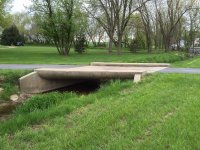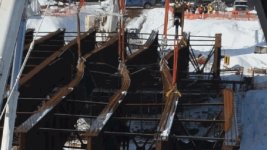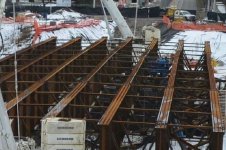franklin2
Gold Member
I read all the posts and unless I missed it, I thought I saw one small mention of the stream and the flood plain. Do you know anything about this stream? I lived next to one of these innocent looking streams for about 8 years. It was a very small creek 90% of the time, but during bad thunderstorms or a lot of melting snow, it became a raging river. It can be a pretty scary thing, and it took out more than one homemade bridge my neighbors tried to build.
I went by there several years later, in front of the house on the highway there was a low water bridge. After I left the state came in and redid the bridge, putting in two huge square concrete culverts. Most people looking at it would think it's ridiculous and a waste of money for such a small stream, but whoever spec'ed it out must have been there during one of the storms we used to have.
I went by there several years later, in front of the house on the highway there was a low water bridge. After I left the state came in and redid the bridge, putting in two huge square concrete culverts. Most people looking at it would think it's ridiculous and a waste of money for such a small stream, but whoever spec'ed it out must have been there during one of the storms we used to have.




